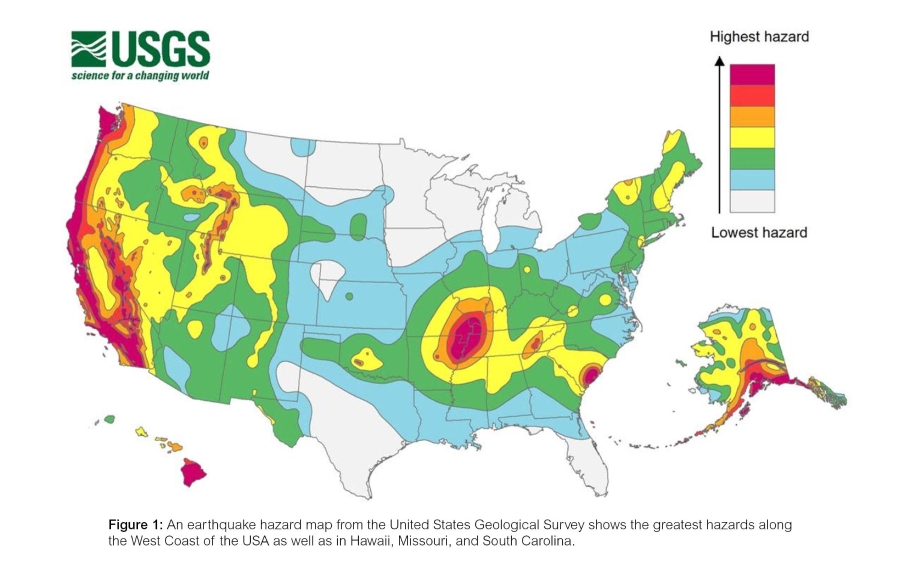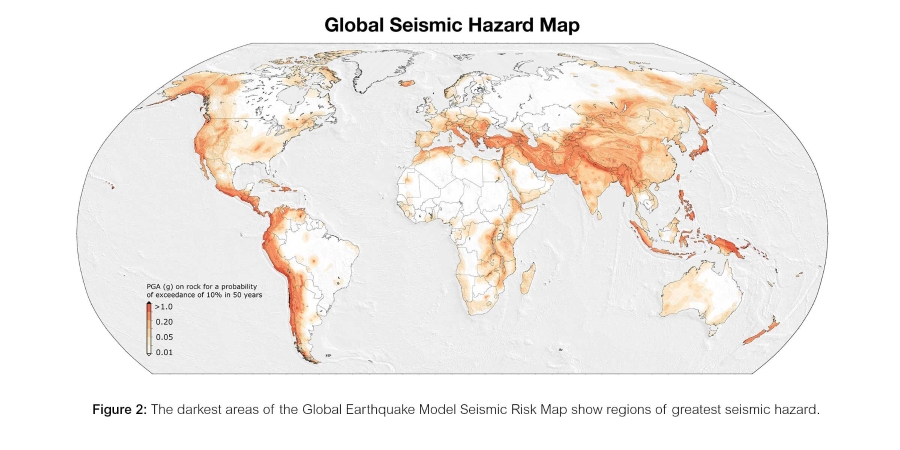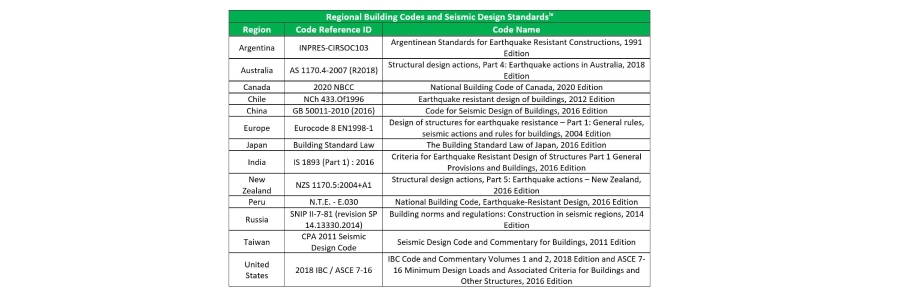ASCO Transfer Switches are available with ratings for use in locations of higher seismic risk. The following sections explain why they are needed and provide an overview of available options.
Regions of Elevated Seismic Risk
Some regions of the United States present elevated risks for seismic activity. Commonly, people first think of California with its history of significant earthquakes along the San Andreas Fault. But other areas of the USA also present elevated seismic risks (Figure 1).i These include locations near Saint Louis, Missouri, and near Charleston, South Carolina.
Regions of Elevated Seismic Risk
Some regions of the United States present elevated risks for seismic activity. Commonly, people first think of California with its history of significant earthquakes along the San Andreas Fault. But other areas of the USA also present elevated seismic risks (Figure 1).i These include locations near Saint Louis, Missouri, and near Charleston, South Carolina.






